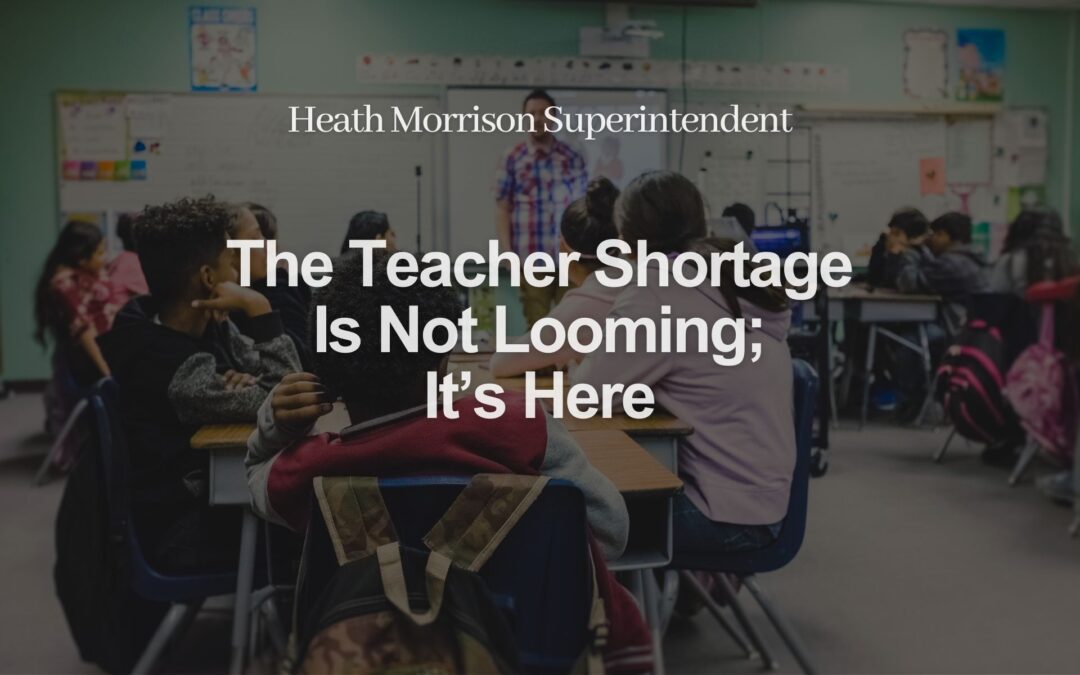For many years, education groups and policymakers have been speaking about the impending teacher shortage as though it is something looming in the future, with the opportunity to make plans and preparations to address this challenge. The reality of unfilled teacher positions across the country last year, and what is predicted to be the case this year, suggests that future is now. When school opened in the fall of 2022, 49% of principals across the country reported at least one opening. Texas hired over 10,000 emergency certified teachers last year and Nevada started the school year with only 91% of classrooms with a certified teacher. By 2025, it is projected there will be over 200,000 openings with traditional university-based programs unable to meet this growing demand.
What is driving the shortage? Certainly, the aging and retiring of the current teacher force is a large contributor to the looming shortage of future educators. Like everything, the impacts of COVID have contributed to this crisis as more educators decided to leave the workplace during the pandemic. The ongoing attacks on public education during election cycles have added to the challenges of teaching, motivating even more individuals to rethink their careers, and also cause even fewer potential candidates to pursue the field.
What can be done to address this challenge? Certainly, there has to be a focus on retraining existing quality teachers. While salaries are not often cited as a key driver as to why people are exiting the profession, enhancing compensation and ensuring that talented teachers do not have to wait a decade to reach a meaningful pay increase are long past the time for taking action, as this has been discussed for years. Ensuring effective evaluation systems and creating professional growth systems so that quality teachers feel they are getting meaningful feedback on their teaching and don’t have to leave the classroom to attain new opportunities have been implemented in some school districts, with promising results.
Increasing the supply of teachers will also be crucial. Currently, traditional higher education sources about 87% of the market; that number has continued to decline. Alternative certification programs can be a promising solution that can often draw career changers into teaching. These teachers bring practical work-related experiences to the classroom, and often are more likely to be candidates of color than traditional university programs produce, which is important.
The teacher shortage is here; and it is the challenge of our time in public education to address. Ultimately, if there are not serious educational leaders, policymakers and influencers trying to address this issue, the current negative narrative about public education will continue to drive more teachers out of the profession and have fewer individuals deciding to go into it.

